Kodkod: Even holes on the neck of the prey. How a small wild cat made local residents think he was a vampire (9 photos)
There are a lot of funny videos floating around the Internet where cats steal treats three times their size. So, in their greed, almost all mustachioed animals are the same - both wild and domestic. Yes, and encroaching on a larger piece is a sacred thing. Such kitten habits played a cruel joke on the Chilean cat, or kodkod. The greed of the friend ruined him and turned the cats into vampires in the eyes of local residents. 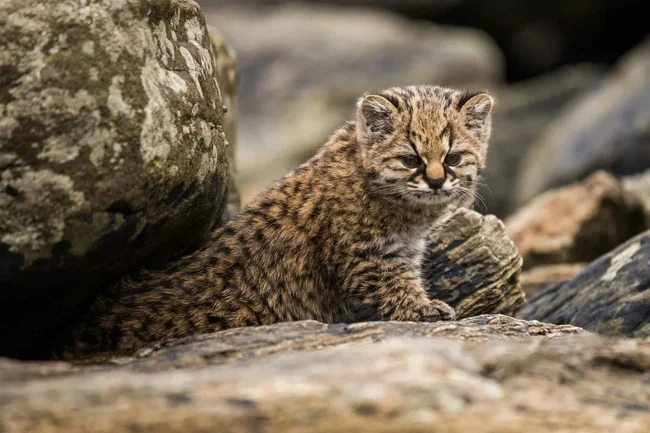
If the morning hatred of all living things took shape, it would look something like this.
For them, these cute big-eyed kitties are the fear and horror of the night, sucking the blood from domestic animals. And all because the mustachios, who barely gain 3 kilograms of weight, love to hunt big game. 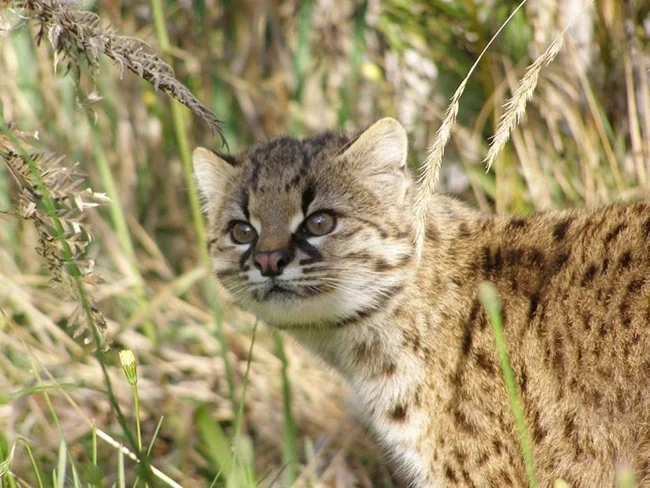
Their prey periodically becomes poultry - an easy target for wild cats. Dealing with her is as easy as shelling pears: one bite on the neck and you're done. But the Kodkodas are not always able to carry away the weight of a carcass from the hunter himself, so they abandon the prey at the scene of the crime. It was the bird found in the morning with two fang holes, like in cheap horror films, that produced so many stories about Chilean vampires. 
Such unflattering rumors, coupled with disappearing habitat and food supply, led the International Union for Conservation of Nature in 2002 to determine the endangered status of Chilean cats - there are less than 10,000 mature individuals left in the world. 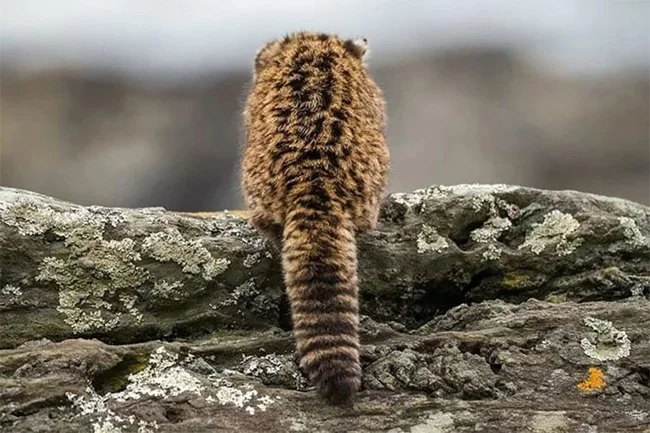
Previously, Chileans were also hunted for their fur, but today in most cases people exterminate them in retaliation for poultry. Because one skin is not enough even for a hat - male kodkods grow up to 52 centimeters, 25 of which are in the tail, and females are even smaller. 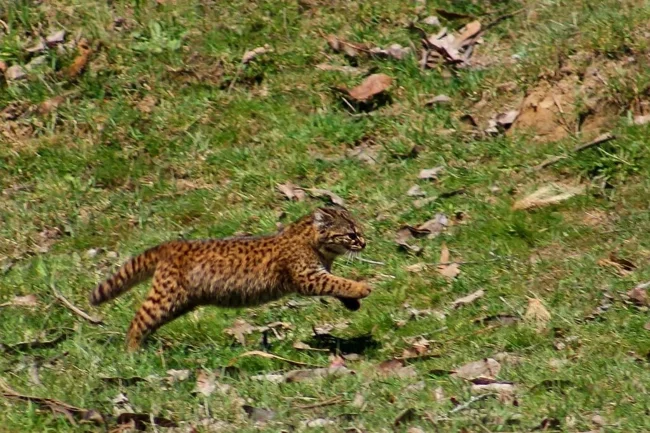
So kodkods hold the championship in two categories at once. Firstly, the Chilean cat is rightfully considered the smallest representative of the cat in the Western Hemisphere. Secondly, he is one of the three smallest cats in the world. Therefore, running through tropical forests after crumbs and driving aspen pegs into their hearts is more expensive for yourself. Moreover, you can’t find them during the day with fire - like all cats (and vampires), Chileans rest until sunset. Only at dusk do the Kodkods go out into open spaces. 
Specific living conditions are very important for kodkods. For example, dense forests. In deforested areas, cats disappear completely.
Massive paws help Chilean cats climb trees well and hunt. In addition to poultry, seals catch lizards, rodents, large insects and wild birds. 
Melanists are often found in the population - individuals with a darkened, almost black color. The spots on such cats still remain and are clearly visible in bright light.
Kodkods live alone: one male occupies a territory of up to 2.5 square kilometers. Yes, yes, a puss, smaller than your pet couch potato, requires ownership of 250 hectares! This is truly a count's manners. Females have smaller appetites: 0.7 square kilometers of land is enough for them. Moreover, the ranges of leopards and murkas can overlap. 
Due to their secretive nature and relatively small population, little is known about the reproduction of Chilean cats. Judging by the lifestyle, one male mates with several females in nearby territories. However, the timing and duration of mating games have not been established: Kodkods are not kept in zoos, and no one held a candle in the wild. But there is information about the joys of motherhood. Kodkod brings 1-3 kittens. The mother cat raises them until they are completely independent, which occurs at six months. And after two years, the young people themselves are capable of producing kittens. 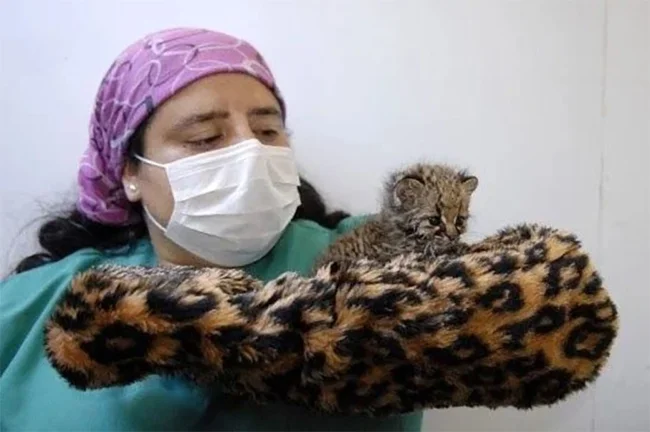
Every kitten is important for the population. To save the kids, you have to resort to tricks. The spotted "mitten" replaces the baby's mother.

